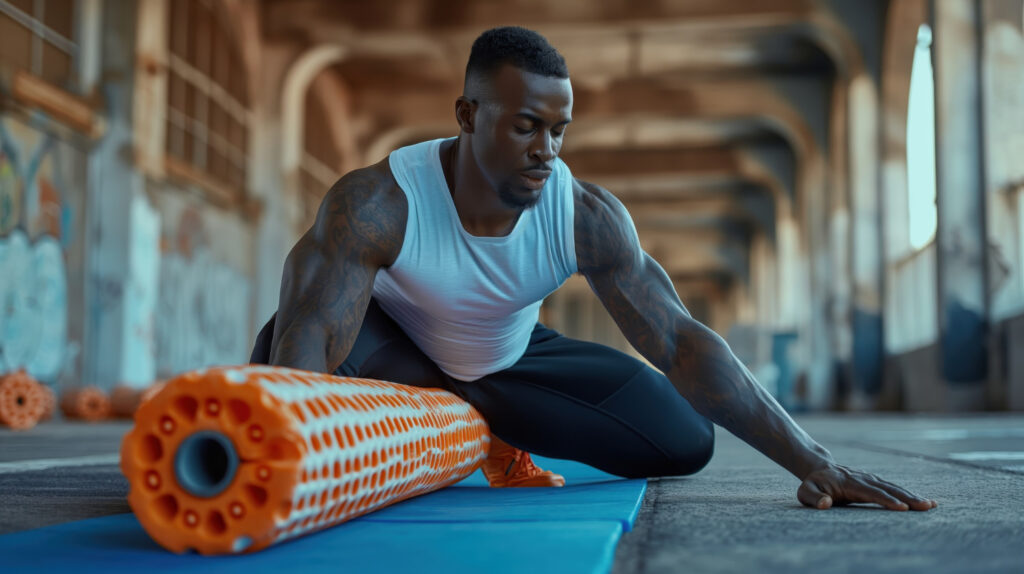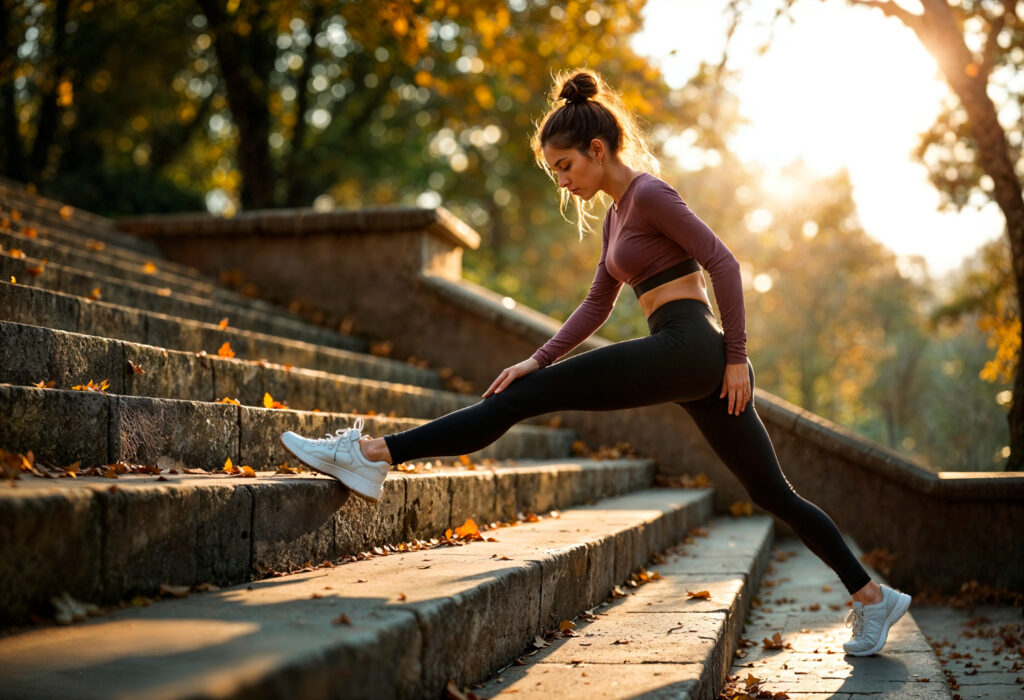Introduction
Warming up before a workout might seem like a small detail, but it’s one of the most crucial steps for achieving peak performance, preventing injury, and enhancing overall fitness. Whether you’re lifting weights, going for a run, or doing a high-intensity interval training (HIIT) session, a proper warm-up prepares your body and mind for the physical demands ahead.
This article will explore the purpose of warming up, the different types of warm-up exercises, and a step-by-step guide to creating a warm-up routine tailored to your workout.

Why Warming Up Is Essential
Before jumping into your main workout, your body needs a transition phase from rest to activity. A warm-up gradually increases your heart rate, circulation, and core body temperature. It also activates the nervous system, which helps improve reaction time and muscle coordination.
Key Benefits of Warming Up:
- Injury Prevention: Cold muscles are more prone to tears and strains. A warm-up boosts muscle elasticity and joint mobility, reducing the risk of injury.
- Improved Performance: Warming up enhances blood flow to muscles, making them more efficient and responsive.
- Better Range of Motion: Mobilizing joints before a workout helps improve flexibility and allows for safer, deeper movements.
- Mental Readiness: It gives you a moment to focus, clear distractions, and mentally prepare for the physical effort ahead.
Components of an Effective Warm-Up
An ideal warm-up consists of two parts: general and specific.
1. General Warm-Up
This phase focuses on increasing your heart rate and loosening the entire body. It usually involves low-intensity cardio and dynamic movements.
Examples:
- Jogging or brisk walking (5 minutes)
- Jump rope (2–3 minutes)
- Arm circles and shoulder rolls
- Leg swings, butt kicks, and high knees
2. Specific Warm-Up
This stage prepares your muscles and joints for the specific exercises you plan to do during your workout. For instance, if you’re doing squats or deadlifts, your warm-up should include movements that activate the glutes, hamstrings, and core.
Examples:
- Bodyweight squats for leg day
- Push-ups for upper-body workouts
- Light resistance sets of the first lift or exercise
- Stretching or mobility drills focused on targeted muscle groups

Step-by-Step Warm-Up Routine
Here’s a full-body warm-up that you can use or modify based on your workout type. This warm-up takes about 10–15 minutes and can be adapted to both beginners and advanced athletes.
1. Cardio Activation (5 Minutes)
Start with light cardio to get the blood flowing.
- Light jogging in place
- Jumping jacks
- Skipping or jumping rope
- Stationary bike or treadmill walk (if in a gym)
This helps elevate the heart rate gradually and increases overall blood circulation.
2. Dynamic Stretching (3–5 Minutes)
Dynamic stretches involve moving while you stretch, which is ideal before a workout.
- Leg Swings: Front-to-back and side-to-side, 10 reps per leg
- Arm Circles: Forward and backward, 10 reps each
- Hip Circles: 10 reps in each direction
- Torso Twists: 10 reps each side
- Walking Lunges with Reach: 10 reps per leg
These movements improve joint mobility and prepare your muscles for movement without overstretching.
3. Movement Preparation (3–5 Minutes)
This step includes exercises that activate the muscles you’ll be using in your workout.
- Glute Bridges: Activates glutes and lower back
- Inchworms: Engages core, hamstrings, and shoulders
- Plank to Downward Dog: Stretches shoulders, calves, and hamstrings
- Bodyweight Squats or Lunges: For lower body days
- Shoulder Taps or Light Push-Ups: For upper body days
Focus on control and range of motion, not speed or reps.
4. Rehearsal Sets (Optional, 2–3 Minutes)
If you’re lifting weights, perform 1–2 sets of the first exercise using light weights. This prepares your muscles and joints specifically for the load and motion.
Example:
- If your first lift is barbell bench press, do one set with just the bar or a lighter weight.
- If it’s squats, do a set with an empty bar or a light kettlebell.
Warm-Up for Different Workouts
Strength Training
- Spend more time on joint mobility and muscle activation
- Include foam rolling for tight areas (e.g., hip flexors, lats)
- Add warm-up sets with progressive loads
Cardio Workouts (Running, Cycling)
- Focus on heart rate elevation and dynamic lower-body movements
- Include high knees, butt kicks, and A-skips
- Gradually increase the pace in your warm-up run
HIIT or CrossFit
- Prioritize full-body dynamic movements
- Use mobility drills that target the hips, shoulders, and spine
- Warm-up circuits using bodyweight movements like air squats, lunges, and mountain climbers
Yoga or Flexibility-Based Workouts
- Gentle movements like cat-cow, child’s pose, and spinal twists
- Focus more on joint lubrication and breath control
- Don’t skip warm-ups just because the workout feels slow-paced

Mistakes to Avoid
1. Static Stretching Before Workout
While static stretching has benefits, doing it before a workout can reduce power and performance. Save static stretches for your cooldown phase.
2. Skipping the Warm-Up Entirely
Many people underestimate the importance of warming up, especially when short on time. Skipping it increases your injury risk and limits your workout potential.
3. Doing the Same Warm-Up for Every Workout
Your warm-up should match the workout you’re about to do. Warming up for a long run and warming up for a heavy leg day are not the same.
Final Thoughts
A proper warm-up sets the tone for your entire workout. It primes your body, improves performance, reduces injury risk, and mentally prepares you for the challenges ahead. While it may only take 10–15 minutes, the benefits are long-lasting and profound.
Remember: the best warm-up is the one that’s consistent and tailored to your body and your training goals. So next time you’re tempted to skip it, think of it as the insurance policy for your fitness journey.
Take your warm-up seriously, and your body will thank you.


